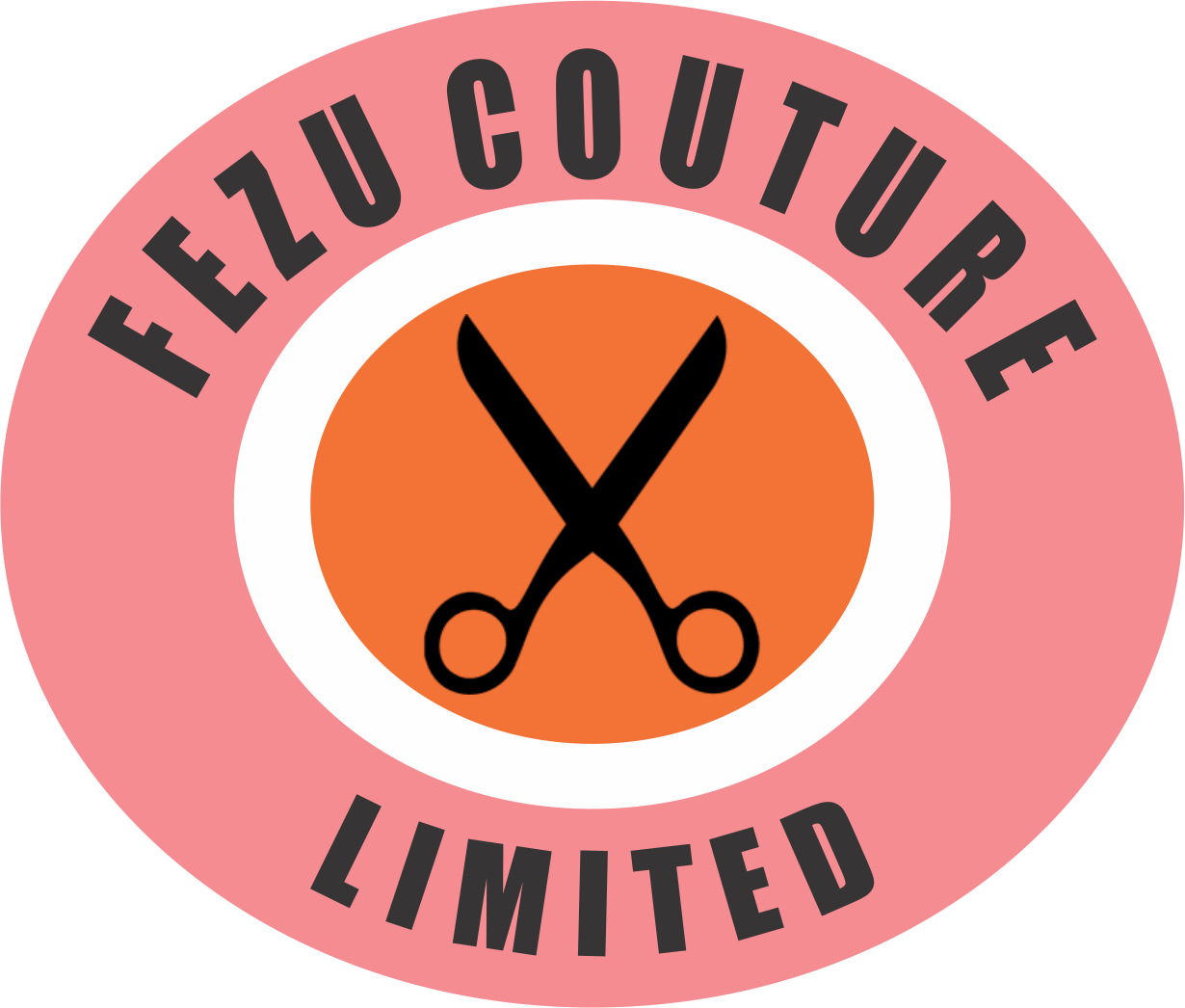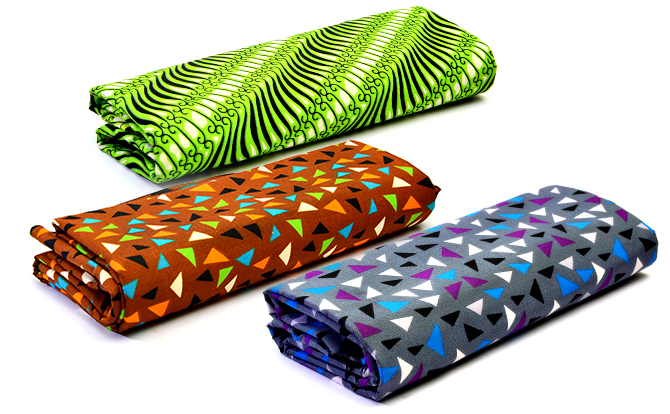10 Sewing Tips You Should Never Forget

The Most Important Factor to Consider Before Getting a Jumpsuit
September 21, 2017
The Basics of Sewing – Part 1
September 29, 201710 Sewing Tips You Should Never Forget

Whether you are over-excited about sewing, or you have a lot of sewing projects pressing you down, there is that likelihood that you may omit some essential sewing preliminaries. Nobody is a “Master of it all”, and due to this reason, it is advised that we fashion designers (beginner or experienced), should try as much as possible to put in place everything needed to ensure that whatsoever we are going to cut and sew comes out perfectly, to prevent unnecessary damage to materials and poor customer service.
These things that should be put in place include the basic knowledge of sewing. We should never throw away the basic knowledge we have concerning sewing, as it is the foundation for any perfect design; and if the foundation is destroyed, then the whole building no matter how big will also be destroyed. If you are a beginner and you are learning how to sew, take as much time as you can to learn all the basics of sewing. These may include learning how to draft patterns, cut accurately, effectively operate a sewing machine, knowledge of different types of stitches, types of materials to be used for different designs, types of zips to be used for different type of skirts, etc. The more time you spend in learning, the more grafted you will be on each topic.
As for the experts, it is often advised that you do not involve yourself in too much work, which has the capability of weighing you down. If you have a lot of work pressing you down, learn to do each one at a time, to prevent tension. Where there is tension, mistakes are inevitable. It will be futile being under pressure to produce 4 clothes that wouldn’t fit perfectly on your customer; which calls for amendment (we all know the stress accompanied with this). It would be better producing 2 clothes that fit perfectly well, without any hitches, than 5 that just go wrong.
Below are some tips you should always put in place before carrying out any fashion designing process:
- Avoid taking your measurements by yourself

credit|Pinterest
This is not mandatory, but yet it is advisable. If you are making a cloth for yourself, try not to measure yourself. Give the measuring tape to someone else, to help you do the measurements.
This is because, when taking measurements of someone, he/she has to stand erectly. This is to ensure that proper measurements are taken. When you try measuring yourself, you will not be staying in an erect posture, you may bend to try and get the length to use in designing your cloth. Often when this is done, the proper measurements are not taken.
- Repeat your measurements

credit|latex clothing
Repeating your measurements is not a waste of time. It helps in increasing accuracy of the data needed to be used to carry out the designing process. Once you take a measurement of someone, ensure you repeat it. The fact that you don’t notice mistakes often does not change the fact that you are likely to make mistake one day. I remember one of my friends, who, fortunately, is a fashion designer, narrate her story to me. To cut it short, she mistook the bust measurement of one of her clients for another. It caused a whole lot of trouble.
Ensure that your measurement book is as organized and detailed as possible and that there is a column for a repeat of measurements. Also ensure that you note whatsoever the client says in that book, in case he/she changes his/her mind afterwards.
- Ensure that you are using the right fabric for the right job (open zips have tight tension, and can cause tear of soft fabrics)

credit|allthingsankara.com
This is crucial. Ensure that you use the right fabric for the right job. This has a direct link to knowing the “basics of sewing”. Know when to use light fabrics and heavy fabrics. You definitely do not want to use an open zip for a skirt made from a heavy fabric, as it could lead to the tear of that fabric. This is because open zips have a very tight tension, and is suitable for lighter fabrics. If applied on heavy materials, more pressure would be required to take the zip up and may tear the fabric.
- Preparing the fabric: Ensure you wash and iron Denim and Wools

credit|Migliore stitches
You also want to ensure that your fabric is ready before cutting. It will be risky to start cutting a fabric without knowing actually the quantity needed in producing a particular design. Most designs take as much as 4 yards. If you were to buy 3 yards of a rare fabric and start cutting without carefully analyzing how many yards you actually need, you may end up in a difficult situation. To avoid this, ensure that proper analysis is carried out on the style to be made as well as the yardage of fabric required.
Most cotton fabrics need to be washed and ironed before use, as this will ensure that some of the shrieked fibres are straightened, giving it a more quality look. This does not apply for every type of material, as others actually shrink when washed. Nevertheless, Denims and wools need to be washed.
- Only horizontal measurements should be divided, vertical measurements should stay same

credit|threadmagazine.com
This is one of the basics of sewing, and should not be forgotten.
Horizontal measurements are measurements that go round the body. E.g. waist measurements, hip measurement, bust measurement, etc.
Vertical measurements are measurements that do not go round the body. E.g. Full length, half-length, etc.
Ensure you apply the various rules of sewing to their respective designs. For example, if you plan on cutting out a pencil skirt, you sure do know that you have to fold your material into 4 parts and ensure that you divide your horizontal measurements by 4.
- Chalking on the wrong side of the fabric

credit|wikipedia.org
It is often recommended that you create a pattern of different sizes for different styles, and place the pattern on your fabric and then cut. Most times, we do not have enough time to cut out and keep the pattern of every single fashion style out there. Often we see new styles, and may not have any pattern for them. This is where the use of chalk comes in. You want to ensure that you chalk on the wrong/back side of the fabric, and not on the front side. The back side has a duller contrast/colour compared to the front of the fabric. Also, ensure that you erase the chalk after sewing. This will add a lot of professionalism to your work.
- Don’t forget to include your sewing/seam allowance

credit|sew4home.com
This is by far the most important step that most people forget. Beginners are more likely to forget this step. Even some experts forget it also. Do not forget your sewing allowance. For crying out loud, that is where you are going to sew through with your thread and sewing machine. You do not expect to just cut out the person’s exact measurement without marking out a place to sew. This will cause the cloth either to be too tight on the person or not to fit at all. After adding the seam allowance (at least 1⅟2 inches), ensure that you trim off the excess allowance after shaping the attire to the person’s exact measurement.
- Iron frequently before going ahead to the next step

credit|j.lyne Blog
This is also another major tip. People are very lazy when it comes to ironing. They are always in a rush to do things; and each time you rush in doing something, you tend to forget to apply the crucial steps to getting something perfect at the end. Always Press your seams before joining to another seam. This ensures that there is no sagging in your work and that your work is as neat as possible. Don’t be in a hurry to do a nasty job. Take your time, iron every single piece before joining them.
- Use the right stitches

credit|sew4home.com
The use of the right stitches for the right type of fabrics should not be overlooked. This relates to the basics of sewing and operating a machine. You should have an idea of when to tighten a stitch, or when to free it a little bit. You should also have the idea of where to touch on your machine to adjust stitches. You should know when to use different types of stitches such as hemstitching, zigzag stitches, etc. If you have not yet studied about this, kindly do. There are lots of tutorials and e-books concerning this on the internet.
- Never Leave seams unfinished and unravelled

credit|midnightsky
This is a major mistake made by most fashion designers, especially when they have a lot of task on hand. Don’t ever leave your seams unfinished or unravelled. This can cause the whole attire to fall apart. Leaving your seams unfinished simply means not locking your thread before and after sewing, to prevent it from loosing. Don’t ever make this mistake, as this is what people search for before purchasing any attire.
There you have it, 10 sewing tips you should not forget. Like I said earlier, in order to ensure that you don’t forget any of these tips, you must ensure that you are working in a suitable environment, in the absence of fear, pressure and tension. You also want to ensure that you clear your mind from negative reasoning that will disrupt your work.
Do note that if one of these tips is to be omitted in the course of your sewing, then you will not have a perfect design at the end of it all. Patience and knowledge are the keys to perfection.
Also one more tip: ensure you use a thread which has a similar colour to that of the fabric. It will be really unprofessional using an orange thread to sew on a blue fabric.



